Native Roots: A History of ECC’s Campus
“We think of native history as so far in the past, that native Americans aren’t here anymore. But they are, and the legacy of their history is still here.”
It’s probably fair to say that for most Elgin Community College students, you drive to school, hustle to your classes, leave when they are complete to go home or to work without noticing the natural elements of campus exterior. But, ECC’s campus grounds have a long, interesting history.
Native Roots
ECC’s land acknowledgment, made by the associate professor of history Antonio Ramirez along with his students and with assistance from Gina Roxas of the Trickster Cultural Center in Schaumburg, states that the campus lies on land once owned by the Potawatomi, Ojibwe and Odawa tribes, who together were the Three Fires Confederacy.
Due to the treaty of St. Louis of 1804 and the treaty of Prairie du Chien of 1829 which promoted the removal of native peoples, the land came into white ownership and eventually became the ECC college grounds.
Ramirez points out the long and complicated connection ECC’s campus has with the displacement of native peoples and the Black Hawk War.
“It’s tied up in Illinois history… the transfer of the land ECC currently stands on began with this (1804) treaty,” Ramirez said. “It led to the most violent and most important and final conflict between white settlers and Indian tribes in Illinois and essentially is the reason that there are no Native American reservations in Illinois…The treaty covered most of northern Illinois, and ended at the Fox River. The east side of Elgin is not included in the treaty, but ECC is.”
Although not mentioned in ECC’s land acknowledgment, Ramirez’s class studied the connection.
“Essentially, the treaty of 1804 was a whiskey treaty,” Ramirez said. “It was a treaty that was negotiated under suspicious circumstances, and the purpose of the treaty was to convince representatives of Native American tribes to sign their land over.
“The folks who represented the tribes at the time thought it was a negotiation for some violence that had occurred against white settlers in previous years, so they came to negotiate a settlement for native tribes and white settlers to make amends for the past and move on. What the representatives did was sign- and you can see the actual treaty including the wax, the marks and the X’s from the actual treaty– were X’s because they were not literate in the language…They didn’t understand what the treaty said and they were led to believe that it was something else.”
Ramirez then introduces the story of Black Hawk, who actually wasn’t a chief despite common misconceptions. Black Hawk lived in what at the time was the biggest colony in Illinois, as part of the Sauk tribe.
“The Black Hawk War, which happened in 1832, was fought over the Treaty of St. Louis and how shady it was,” Ramirez said.
When white settlers started to move into the area that had been occupied by the Sauk, they pointed out the treaties’ conditions, which eventually led to the violence.
“It was the bloodiest Indian war in the state and the permanent removal of the official Indian settlers of Illinois,” Ramirez said.
“There are no reservations in the entire state and that’s in part because of the Black Hawk War, and the war was because of the 1804 treaty, and the 1804 treaty was the first time that legally the land, that includes the ECC campus, was transferred to white settlers,” Ramirez said.
Ramirez mentions the way most perceive native history, and clears up the misinterpretations about how long ago such oppression has occurred.
“Elgin was established in the 1830s which bumps up against all of this. The Blackhawk War was in 1832- they’re happening at the same time. We think of Native American history as so far in the past.. that Native Americans aren’t here anymore. But they are, and the legacy of their history is still here.”
Ramirez expresses appreciation for Roxas, and explains that she is of Potowatomi heritage and helped polish the landback acknowledgement.
Quoting Roxas, Ramirez states, “A land acknowledgement is the first step, not the last step. It should be the beginning of our consideration of our relationship with native peoples in the past and the present. We can use it as a tool at ECC to help people understand that while ECC is a wonderful place, (it’s important to know) the history of the land.”
A Look Into The ECC Archives
While ECC was officially founded in 1949, the campus that the ECC community is familiar with today did not take shape until the late 1960s. Much of this history can be found in the official minutes of ECC board meetings from the late 1960s and early 1970s. 1966 appears to be a pivotal year in ECC history. According to the Jan. 10, 1966 minutes, the board begins the study of architectural expansion regarding the campus, the golf course across campus formerly called “Asylum Hills,” and mentions the former land being owned by the Elgin State Hospital.
According to the Dec. 1, 1966 minutes, ECC, which at that point still referenced as a junior college, doesn’t yet have a fully fledged campus and has temporary classrooms set up at the YMCA. The minutes note that veterans from the Vietnam War are beginning to return and go to college. The minutes state that, “The college must recognize that its efforts to plan, construct, and initiate its proposed new plant for operation is a matter of top priority if it is to adequately serve returning veterans.”
Less than two years later, one prominent feature of campus, Lake Spartan, was excavated. Lake Spartan was completed on April 7, 1970.
Present Day Nature Around Campus
Ryan Callahan, the director of building services and grounds, focuses on maintenance of switchboard, custodial, landscaping and the structure of the campus itself. A large portion of his work regards the wildlife and plant upkeep around ECC, from the geese and the campus cats to the lake and native plants.
“We contract a service to keep a large amount of geese off campus, because we have a water source,” Callahan said. “They flock and sit and hang out, but the problem is that those geese drop solid waste on grass and sidewalks and visitors step on it and it gets on your shoes. You wouldn’t think that it’s a big idea, but then it dries up and falls off and gets on the carpets and crumples up and becomes a health issue.”
Callahan also mentions that turkey vultures that occasionally appear on campus, noting that they’re a protected species and kept safe despite comments about their scary appearance.
One of the most unique wildlife interactions on campus for Callahan was relocating owls.
“We had a big storm, and we had two baby owls, little puffballs, on the ground but there was no where to put them back in the tree,” Callahan said.
Callahan explains that owls steal nests from other birds instead of making their own, which makes for unstable environments.
“I put them in boxes and brought them to my office, and called the raptor rescue,” Callahan said. “I got special permission for them to use our lifts and we tied a wicker basket to the tree to create a new nest. We put the babies in the tree with their new nest and eventually the mom found the babies and fed them and they survived.”
Wildlife is common on campus due to the assets people inadvertently supply, according to Callahan.
“With wildlife on campus, we are a food source,” Callahan said. “People drop food in the parking lots, old french fries, hamburgers, etc… so the animals come onto the campus at night. We have a wetland and a prairie across the street. Things move in the night. We see foxes on campus at times, coyotes, the sandhill cranes, blue herons, hawks hunting, raccoons, possum, cats.”
Regarding the (possibly) stray cats that many have seen around campus and started the Environmental Conservation Club, Callahan describes the complicated nature of their presence.
“Someone came and asked me if they could capture the cats by Building K, and I can’t give permission for that because I don’t know if that’s somebody’s cat that lives in the apartments behind K,” Callahan said. “Maybe they have outdoor cats, some people have those. I can’t give permission because I don’t know who owns it.”
Callahan goes on to mention the work done within the campus environment that includes students, from planting trees for Arbor Day to setting mulch.
“We work with Student Life and the American Association of Women Community College,” Callahan said. “We had a couple volunteers and we try to involve the students so you can feel good about it. If you plant a tree and come back in 20 years it’s likely still going to be there.”
With planting trees and plants, Callahan reflects on what he’s learned while having his position.
“You follow the native species of Illinois and the climate zones,” Callahan said. “You can’t get an East Coast tree to do very well here. We did the Virginia state tree in honor of the Virginia Tech shooting, but the tree is not thriving because it’s not native to our coast.”
After its implementation about 53 years ago, Callahan talks about Lake Spartan and its upkeep, or lack thereof today.
“It was built as a retention pond for the school and parking lots…there’s fish in it, there’s frogs and turtles and things of that nature, and it also connects to the wetland,” Callahan said. “People think it’s deep but in reality its only about four or five feet deep. We call it Lake Spartan, but it’s really just a retention pond.”
Regarding the Lake Spartan ecosystem, Callahan said, “Eventually birds carry fish eggs in their feathers and drop them, and it starts to create its own environment where those things can live. Sometimes its invasive species like the carp in there, which aren’t native to the area, but they end up there. Over the years, I think, it’s been stocked, but it hasn’t been stocked in years.”
Callahan explains something was happening to the ecosystem, and plants were growing.
“You could see the plants growing across the water, and we were trying to figure out if it was the fertilizer we were using or something new that was introduced,” Callahan said. “I went out and I measured the linkage of the lake and I went to a fishery and bought sterilized carp that eat plants. It was an eco-friendly way to get the plants off.”
Callahan finished off with an overall message about the importance of grounds keeping, encompassing the work his team and him do year-round for the benefit of the campus.
“When you came here, you had your first experience on campus whether it be as a visitor or with your parents or whatever it was and you walk on and notice that there’s no garbage, it’s mowed, the trees look nice and there’s some flowers here and there, there’s a lake and there’s places outside to sit,” Callahan said. “You gotta get through the spring seasons and the summer season and the fall. You want it to be appealing and a memorable experience. All of those things are factored in.”
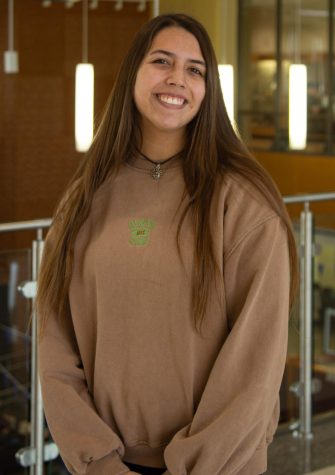
What's up I'm Jenna! This is my second year at ECC and I'm studying to become a park ranger. I love nature, fashion, and music, as well as playing guitar....



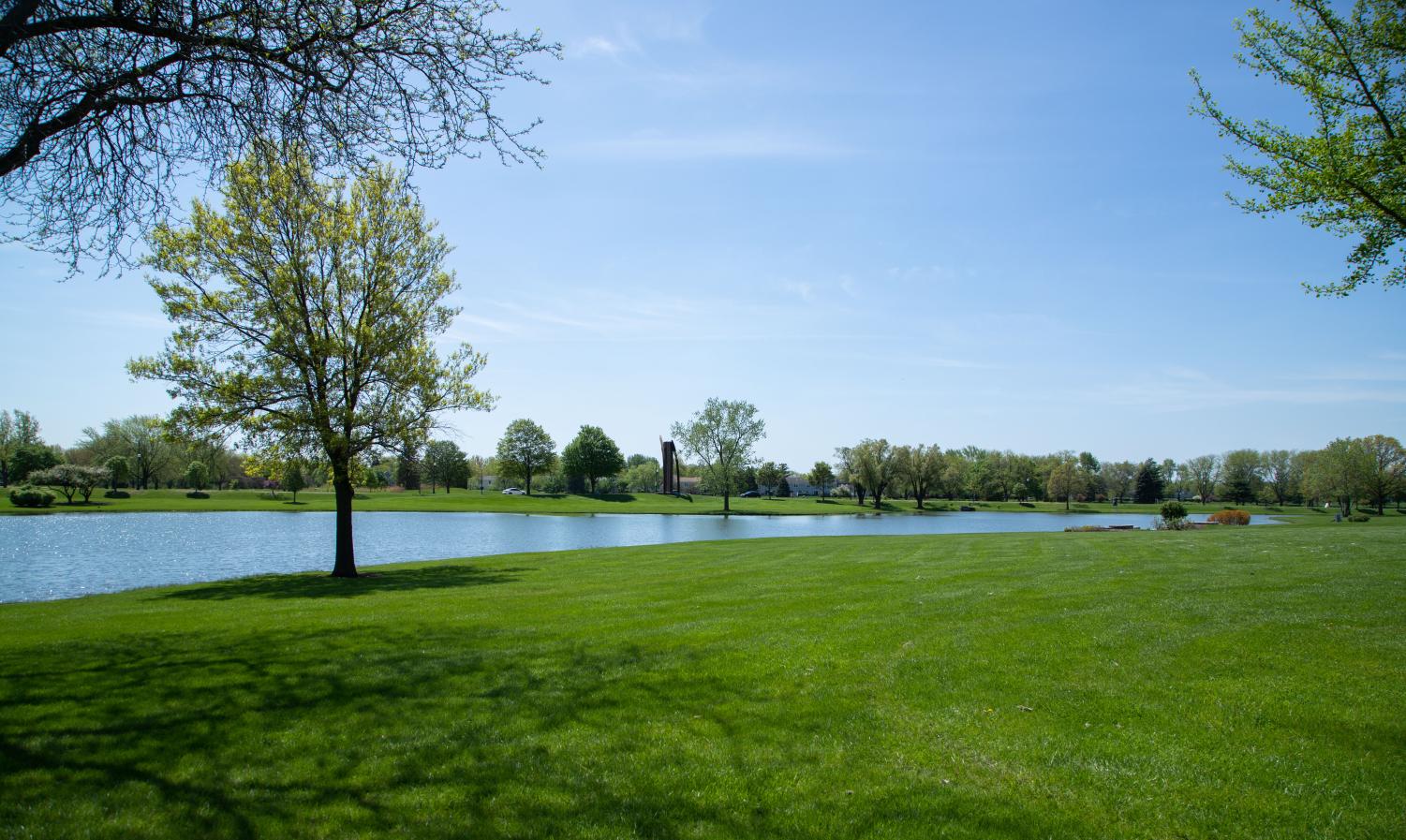
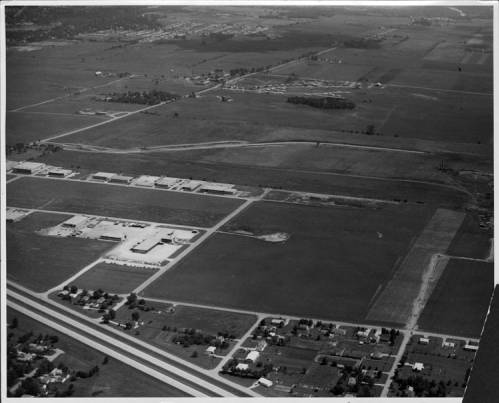
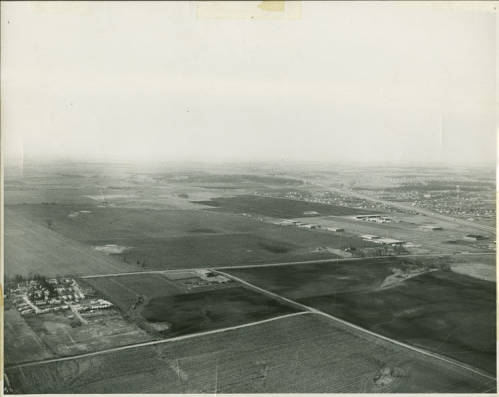
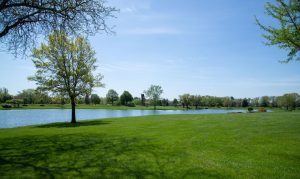
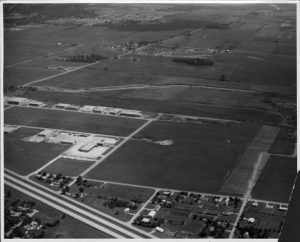
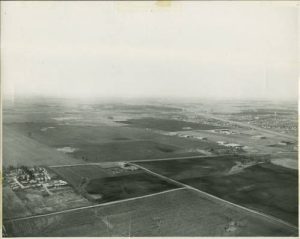
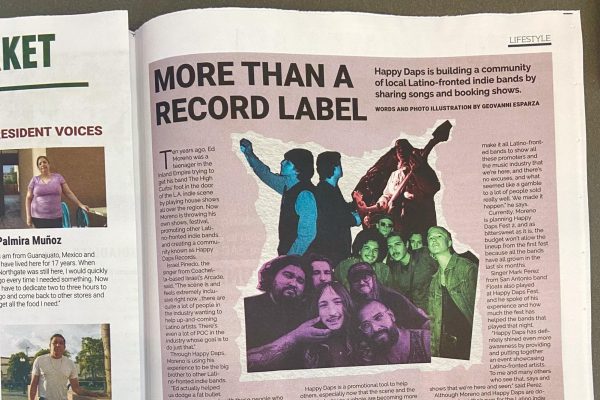
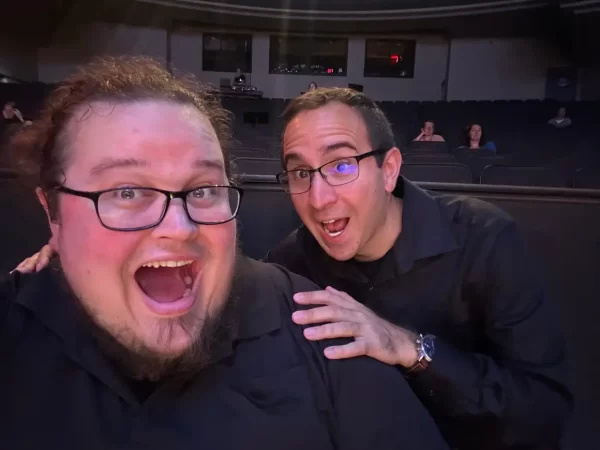

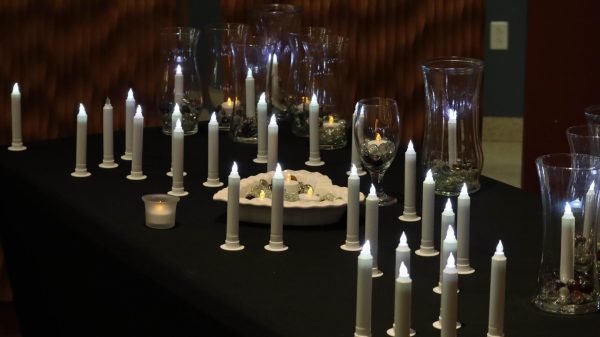
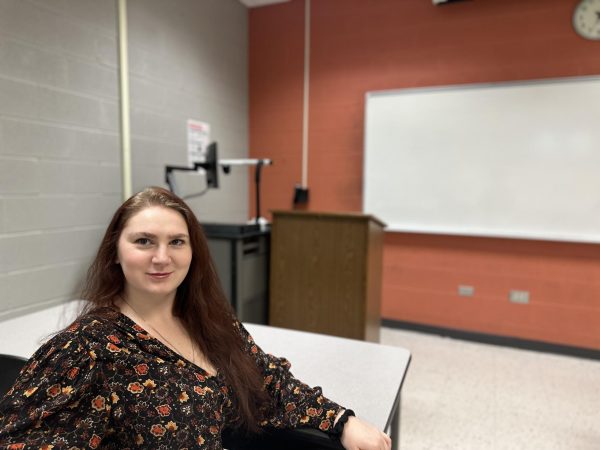
Antonio Ramirez • May 15, 2023 at 8:13 am
Fantastic story!